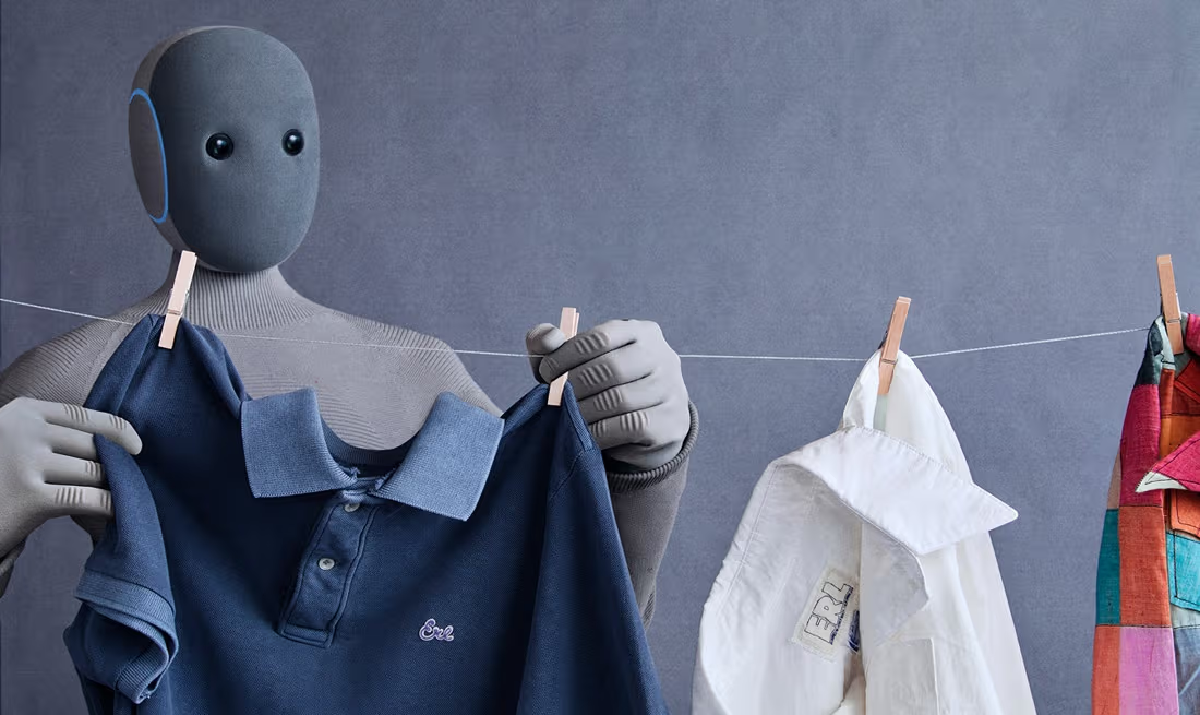1X just launched NEO, the first humanoid robot available for consumer purchase. For $20,000, or $499 per month on subscription, you can pre-order a 5'6" robot that folds laundry, takes out trash, and supposedly learns new tasks over time. Deliveries start in 2026.
This is notable not because humanoid robots are new—companies like Tesla and Figure AI have been developing them—but because NEO is the first one you can actually order. That distinction matters. It’s the difference between a prototype and a product.
NEO performing household tasks and engaging in natural conversations
What NEO Promises#
NEO handles basic household chores through scheduled tasks or real-time commands. It navigates autonomously, opens doors, fetches items, and turns off lights. The robot arrives with foundational capabilities and improves through software updates and real-world experience. If it encounters a task it doesn’t know, you can schedule a session with a 1X expert who teaches the robot while completing the job.
The hardware is impressive on paper: 66 pounds, tendon-driven actuators for quiet operation, 22-degree-of-freedom hands for dexterity, and a four-hour battery life. It can lift 154 pounds and carry 55 pounds. NEO also functions as an AI assistant—answering questions, setting reminders, and offering suggestions based on visual context, like recommending recipes from ingredients on your counter.
The Gap Between Demo and Delivery#
The catch is that none of this has been independently verified at scale. Product videos always look flawless. Real homes are messier—unpredictable layouts, inconsistent lighting, pets, kids, different floor surfaces. Whether NEO performs reliably in those conditions is unknown.
Then there’s the learning curve. Even with expert-guided training sessions, teaching a robot new tasks assumes you have time and patience for trial and error. That’s not how most people use household tools. They expect things to work immediately. If NEO requires constant adjustment and supervision, it’s not automating chores—it’s creating a new one.
The pricing model reveals 1X’s own uncertainty. A $20,000 purchase price with three-year warranty signals confidence in the hardware. But the $499/month subscription option exists because 1X knows most people won’t commit that much money to unproven technology. Subscription lowers the barrier, but it also means you’re renting a dependency.
What This Really Means#
NEO is a milestone. Getting a humanoid robot to market is hard, and 1X did it first. But being first at launching doesn’t mean being first at solving the problem. Household robots have failed before—not because the idea was bad, but because the technology wasn’t ready.
The question isn’t whether NEO can fold laundry in a demo. It’s whether it works reliably enough, long enough, to justify $20,000 or years of monthly payments. Early adopters will find out in 2026. For everyone else, waiting to see how those first deployments go is probably wise.
Learn more: Visit 1X’s NEO product page for full specifications and ordering information.


